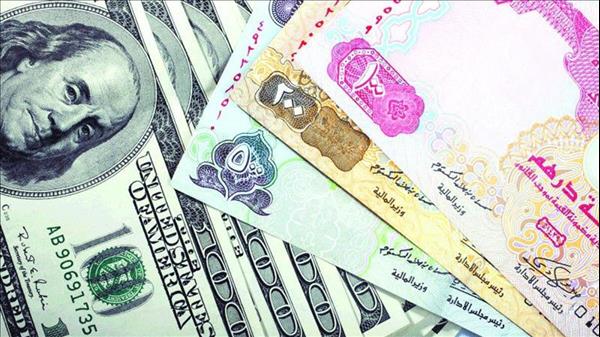
$2.2T Islamic Finance Industry Set For 10% Expansion In 2022
Published: Mon 6 Jun 2022, 6:33 PM
The $2.2 trillion global Islamic finance industry will expand about 10 per cent in 2022-2023 after a similar growth trend in total assets in 2021, albeit it is still held back by structural constraints, according to a new report.
“This year, we think higher commodities prices will underpin a stronger recovery in many core Islamic finance markets. Moreover, most of these countries are relatively resilient to macroeconomic shocks resulting from the Russia-Ukraine conflict. This will support the industry's prospects for 2022-2023 but global headwinds could change the picture,” said S&P Global Ratings head of Islamic finance Mohamed Damak.
According to Invesco experts, who expect to see the continued growth of opportunities for investors looking for Shariah-compliant investment vehicles in 2022, a remarkable rise in the range of Islamic exchange-traded funds (ETFs) would drive global Islamic finance assets to grow t $4.94 trillion in 2025.
The surge in ETFs has been attributed to fund managers in the UAE, Saudi Arabia, the United States, and Europe.
ETFs overall had a record year in 2021 with more than 900 new launches worldwide and over $1 trillion in global net inflows, taking assets under management to $9.9 trillion at the end of November, according to Invesco experts, who expect to see the continued growth of opportunities for investors looking for Shariah-compliant investment vehicles in 2022.
S&P Global Ratings noted that the Islamic finance industry is still held back by structural weaknesses, namely the complexity inherent to transactions and the correlation of performance with oil prices given concentration in commodities-exporting countries. What's more, the clear preference of some Shariah scholars for a higher proportion of profit and loss sharing in sukuk is posing certain legal challenges.
“However, we see opportunities in the alignment of certain Islamic financial products and environmental, social, and governance factors and recent strides in digitalization. We expect to see a higher volume of green and sustainability sukuk (from a low base) as issuers look to broaden the investor base and include funds aligned with sustainability themes. Moreover, digital sukuk could generate significant investor interest in the future once the necessary prerequisites are implemented,” said the report.
“Based on these factors, we believe the market will expand about 10 per cent in 2022-23 after 10.2 per cent growth in total assets in 2021 (excluding Iran),” Damak said.
—

Legal Disclaimer:
MENAFN provides the
information “as is” without warranty of any kind. We do not accept
any responsibility or liability for the accuracy, content, images,
videos, licenses, completeness, legality, or reliability of the information
contained in this article. If you have any complaints or copyright
issues related to this article, kindly contact the provider above.
















Comments
No comment